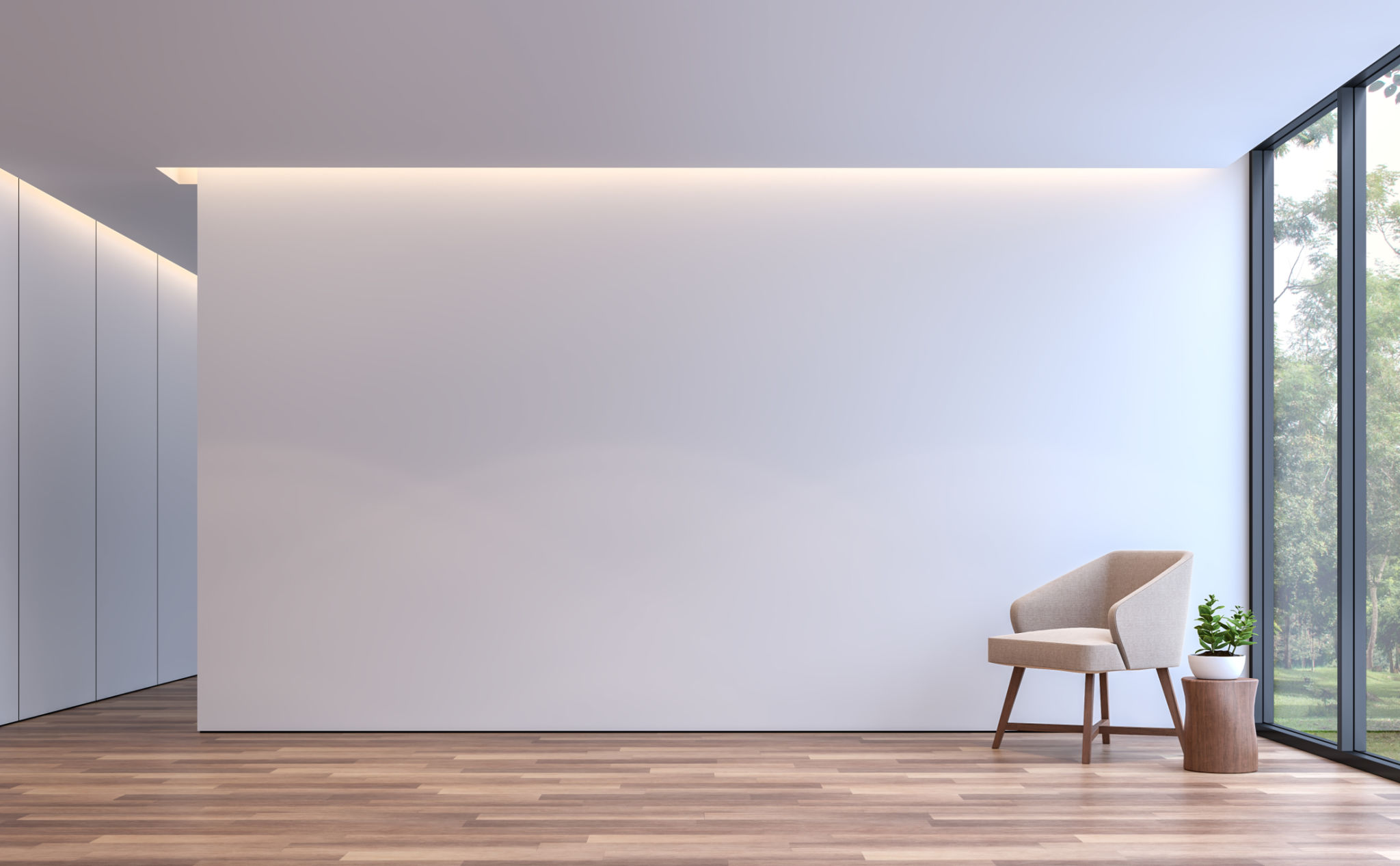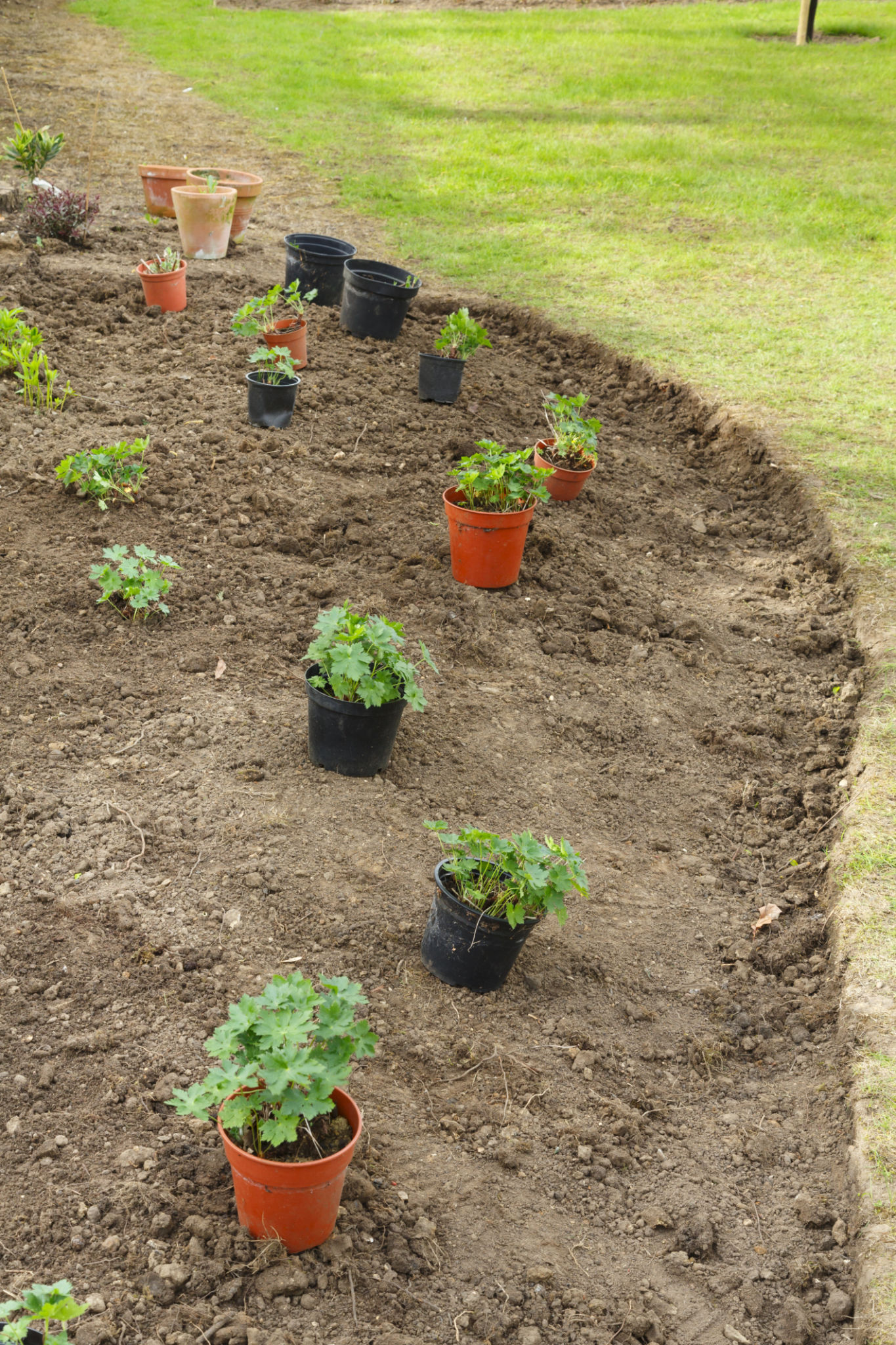Expert Insights: Common Landscaping Mistakes and How to Avoid Them
MP
Understanding the Basics of Landscaping
Landscaping is more than just arranging plants and trees in your garden. It involves a thoughtful design process that considers aesthetics, functionality, and sustainability. However, even seasoned gardeners can fall into common pitfalls that can detract from the overall beauty and health of their outdoor spaces.

Overlooking Soil Quality
One of the most frequent mistakes in landscaping is ignoring the quality of soil. Healthy soil is the foundation of a thriving garden. Failing to test and amend the soil can lead to poor plant growth and increased pest problems. To avoid this, start with a soil test to determine its pH level and nutrient content. Based on the results, you can add organic matter or fertilizers to optimize soil conditions for your plants.
Importance of Soil Testing
Performing regular soil tests helps you understand what your plants need to thrive. This simple step can prevent many issues down the line, such as nutrient deficiencies or toxicities. Investing time in this process can save you considerable effort and resources in the future.
Improper Plant Selection
Another common mistake is selecting plants that are not suited to your local climate and soil conditions. It's crucial to choose species that will thrive in your environment. Research native plants that are well-adapted to local weather patterns and soil types. This not only enhances the sustainability of your garden but also reduces maintenance efforts.

Consideration of Plant Needs
When choosing plants, consider factors such as sunlight requirements, water needs, and growth patterns. Grouping plants with similar needs together can improve the health and appearance of your landscape while making maintenance more manageable.
Neglecting Proper Spacing
A common oversight in landscaping is planting too closely together. While it might look appealing initially, overcrowding can lead to competition for resources, increased susceptibility to disease, and stunted growth. Plan your garden layout with mature plant sizes in mind to ensure proper spacing and air circulation.
Planning for Growth
Consider how much space each plant will need as it grows. Proper spacing not only promotes plant health but also contributes to a more aesthetically pleasing landscape design over time.

Ignoring Maintenance Needs
Even the best-designed landscapes require regular maintenance to keep them looking their best. Neglecting tasks such as pruning, weeding, and mulching can quickly turn a beautiful garden into an overgrown mess. Create a maintenance schedule to keep your landscape healthy and attractive throughout the year.
The Role of Mulching
Mulching is an essential maintenance task that should not be overlooked. It helps retain soil moisture, suppresses weeds, and adds organic matter to the soil as it decomposes. Choose mulch that complements your garden's aesthetic while providing these vital benefits.
Conclusion: Crafting a Thriving Landscape
Avoiding these common landscaping mistakes can significantly enhance the beauty and sustainability of your outdoor space. By prioritizing soil quality, selecting appropriate plants, ensuring proper spacing, and committing to regular maintenance, you can create a garden that not only looks stunning but also thrives for years to come.
